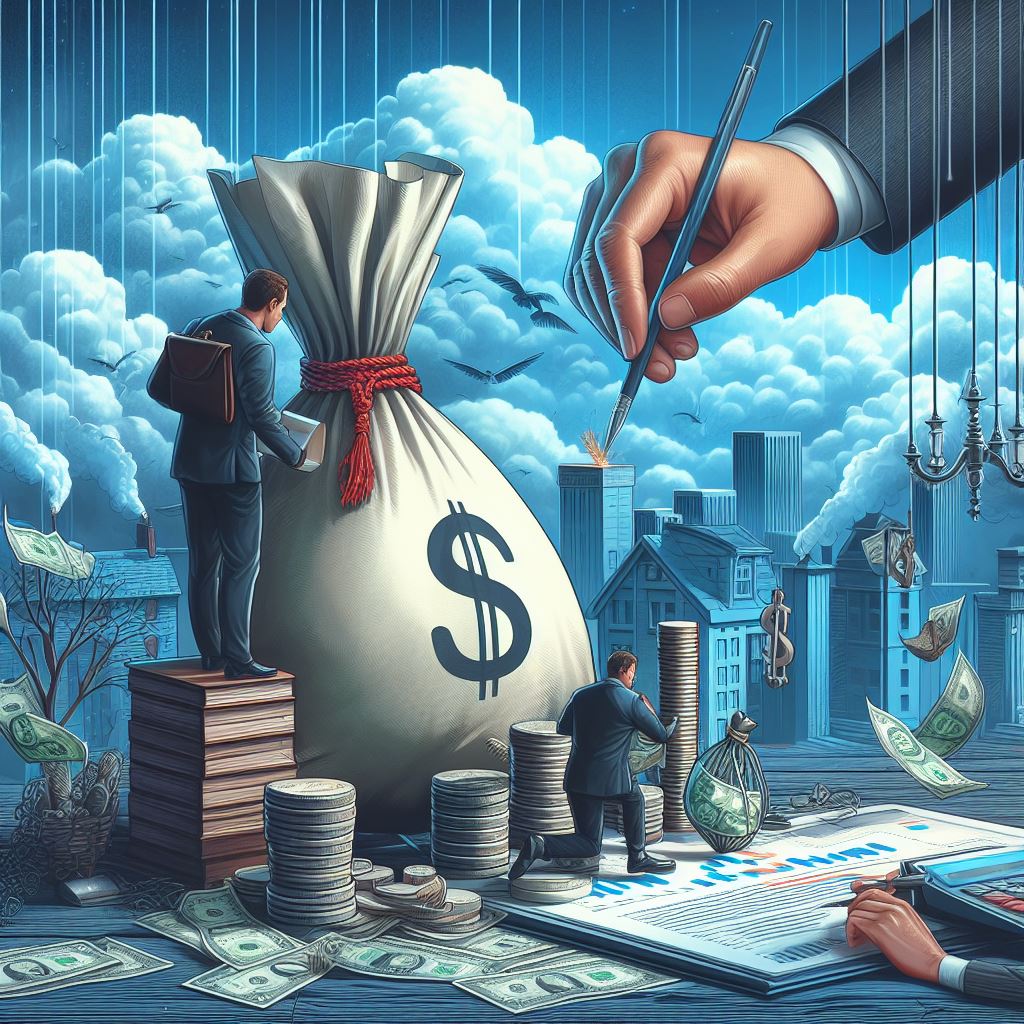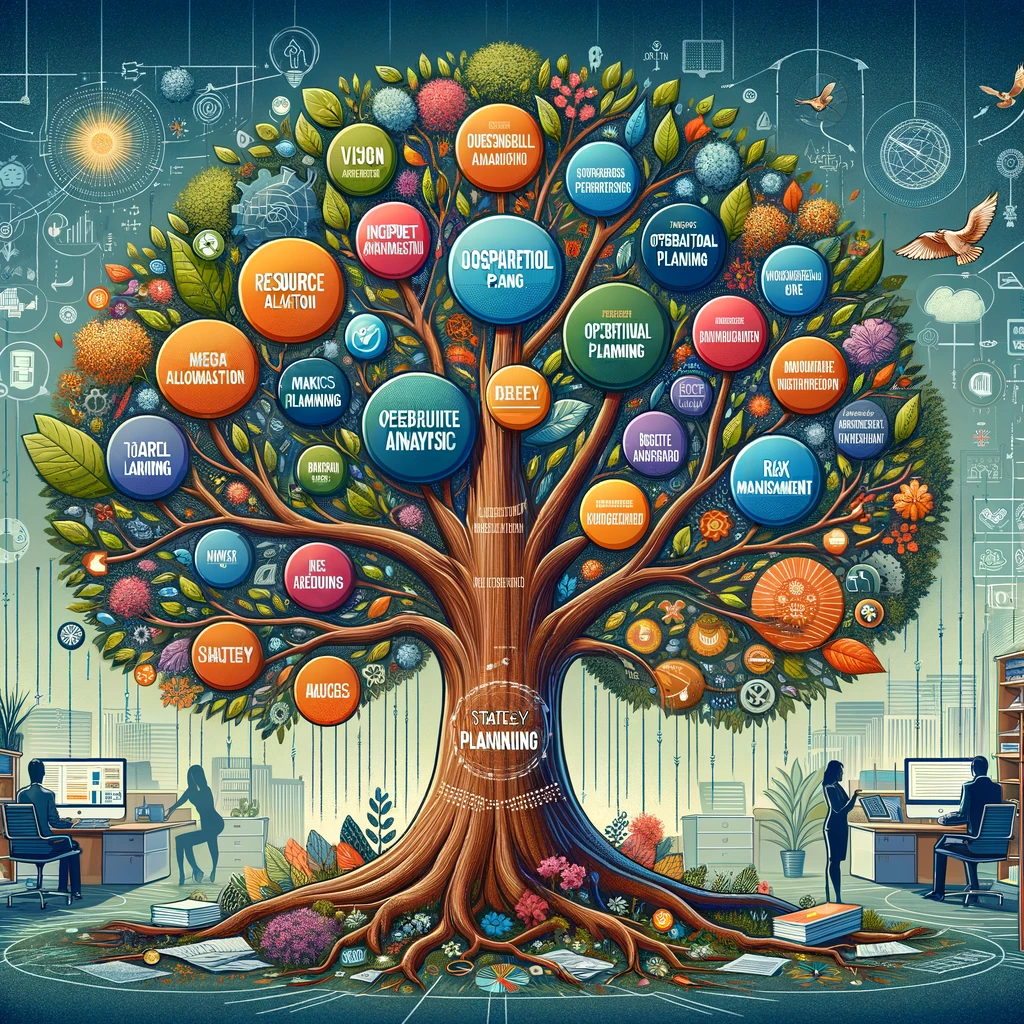| Theorist | Theory | Findings |
| Taylor | Scientific management | Pay, above all is the main source of motivation |
| Maslow | Hierarchy of needs | Levels of human needs, from physiological to self actualisation |
| Herzberg | Two-factor theory | Hygiene factors (which do not motivate alone) and motivators |
| Adams | Equity theory | Workers are motivated if there is fairness in remuneration packages |
| Pink | Drive theory | Autonomy, mastery and purpose are the drivers of motivation in modern societies of the 21st century |
Frederick W. Taylor: Scientific Management
Theory Overview: Taylor’s theory posits that monetary reward is the primary motivator for workers. He advocated for the use of scientific methods to improve workplace efficiency, suggesting that employees are motivated mainly by pay.
Industry Example: Sales commissions in the automotive industry. Car dealerships often use commission-based pay structures for sales personnel, directly linking employee pay to the number of cars sold. This approach embodies Taylor’s principle, motivating salespeople to increase sales through the promise of higher earnings.
Abraham Maslow: Hierarchy of Needs
Theory Overview: Maslow’s theory suggests that humans are motivated by a hierarchy of needs, starting from basic physiological needs to self-actualization. Once lower-level needs are satisfied, individuals seek to fulfill higher-level needs.
Industry Example: Google’s workplace environment. Google provides free meals, health care, and security (physiological and safety needs) while also offering personal development workshops and innovation time-offs (esteem and self-actualization needs), aiming to motivate employees by addressing various levels of Maslow’s hierarchy.
Frederick Herzberg: Two-Factor Theory
Theory Overview: Herzberg identified two sets of factors that influence motivation: hygiene factors, which can cause dissatisfaction if missing but do not motivate by themselves, and motivators, which truly drive employees to perform better.
Industry Example: Software companies like Adobe. Adobe ensures competitive salaries and good working conditions (hygiene factors) while also promoting job enrichment opportunities, such as creative projects and professional growth (motivators), to keep employees motivated and engaged.
John Stacey Adams: Equity Theory
Theory Overview: Adams’ theory emphasizes that employees are motivated when they perceive fairness in their work outcomes relative to inputs. Inequity, whether underpayment or overpayment, can lead to dissatisfaction and demotivation.
Industry Example: The use of transparent salary bands in organizations like Buffer. Buffer’s open salary policy, where everyone knows what others are earning based on clear criteria, aims to maintain equity, thus motivating employees by ensuring fairness in remuneration.
Daniel H. Pink: Drive Theory
Theory Overview: Pink argues that autonomy, mastery, and purpose are the key drivers of motivation in the modern workforce, moving beyond traditional rewards.
Industry Example: Atlassian’s “ShipIt Days.” Atlassian gives employees 24 hours every quarter to work on any project they choose, however they want. This initiative supports autonomy (choosing projects), mastery (developing skills), and purpose (contributing to meaningful outcomes), aligning with Pink’s motivation drivers.
Conclusion
Understanding these motivational theories and their applications provides valuable insights for IB Business & Management students into the complexities of human motivation in the workplace. By examining how companies like Google, Adobe, Buffer, and Atlassian apply these principles to inspire and engage their employees, students can appreciate the practical implications of motivation theory. These examples underscore the importance of adopting a holistic and nuanced approach to employee motivation, considering both traditional incentives and intrinsic motivators to foster a motivated and productive workforce.






